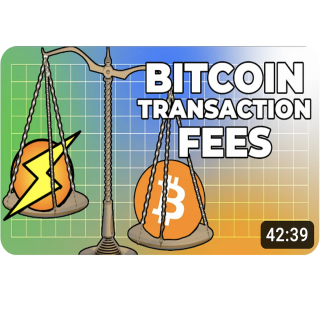

Aaron and Sjors revisit replace-by-fee (RBF). As they mentioned in episode 65, the upcoming Bitcoin Core release — Bitcoin Core 24.0 — includes the option to switch on “full RBF”, but this has caused some commotion in the Bitcoin community since the recording of that episode. Aaron and Sjors explain what this commotion has been about, and they highlight some of the new arguments for and against (full) RBF.
RBF has been the topic of a previous Bitcoin, Explained episode: episode 26. In this new episode, therefore, Aaron and Sjors don’t explain in-depth on what RBF is, exactly, or how it works. They do however very briefly summarize its most important aspects.
Aaron and Sjors then go on to explain why Bitcoin Core developers originally decided to include this feature, and they discuss some of the arguments for and against (full) RBF that came up at the time and since then. These include the effect of RBF on “pinning attacks” (a type of attack that is especially relevant for the Lightning Network and other Layer Two protocols), the relative safety of accepting unconfirmed transactions today, privacy-related arguments concerning the “opt-in” flag that RBF transactions currently use, the detrimental effects of monitoring the network for potential double spends, and more. Aaron and Sjors also discuss the pros and cons of including RBF as an optional feature and thus letting node operators decide for themselves how their node deals with conflicting unconfirmed transactions. Sjors outlines why, in some cases, giving users more options could have detrimental effects on the health of the Bitcoin network, and considers whether the option to include the RBF option is such a case. Finally, Aaron and Sjors briefly discuss an initiative by full RBF advocate Peter Todd to incentivize miners to apply full RBF logic to their transaction selection.